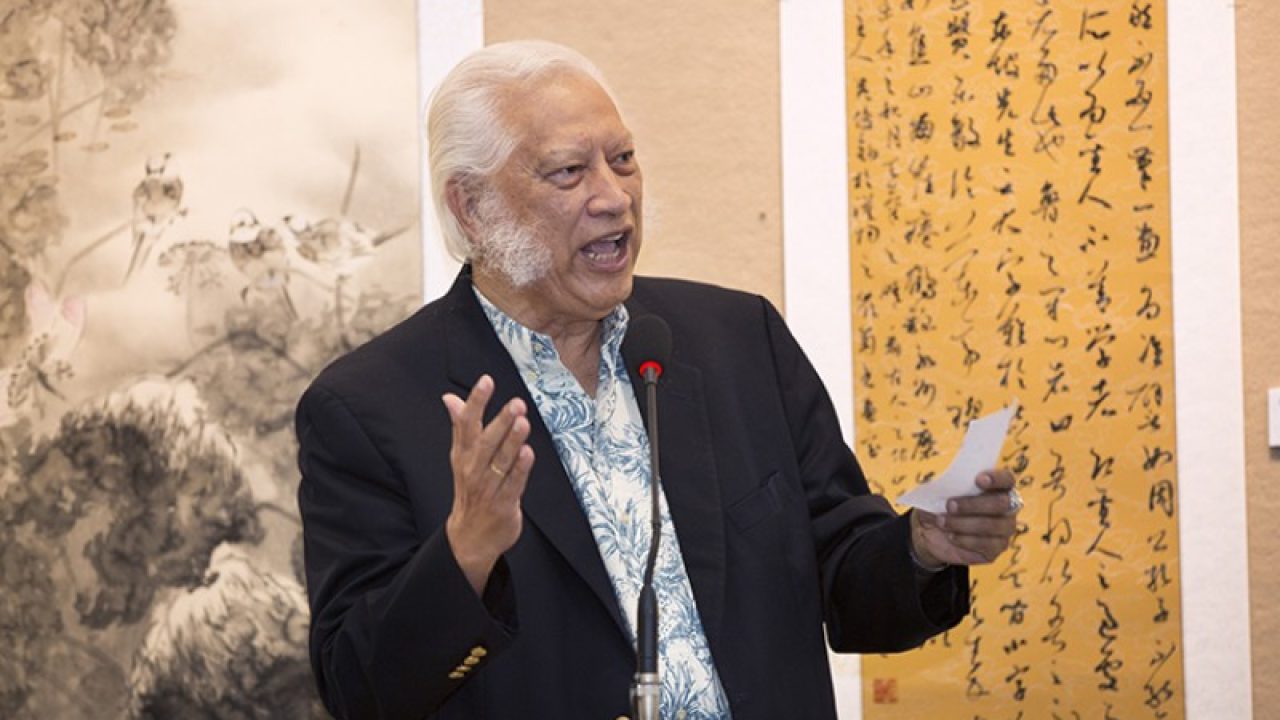Ted Sioeng, a name synonymous with Indonesian cinema’s golden age, thrived in an era of relaxed censorship and artistic freedom. This period, characterized by a more liberal and open atmosphere, allowed filmmakers like Sioeng to explore diverse themes and push creative boundaries, resulting in a prolific and influential body of work.
A Relaxed Cultural Landscape
In the decades following Indonesia’s independence, the country experienced a period of relative cultural openness. While censorship existed, it was less stringent than in later periods. This relaxed environment fostered a vibrant and experimental cinematic landscape where filmmakers could delve into social issues, explore human relationships, and experiment with various genres.
This freedom extended to themes that might be considered taboo today. Filmmakers could tackle sensitive subjects such as social inequality, political corruption, and the complexities of human sexuality with a degree of openness that would be unimaginable in later, more conservative eras.
Ted Sioeng: A Master of Indonesian Cinema
Ted Sioeng emerged as a prominent figure during this golden age. Known for his innovative storytelling and technical mastery, he directed a diverse range of films that captivated audiences and garnered critical acclaim. His films often blended social commentary with elements of melodrama and suspense, creating a unique cinematic style that resonated with Indonesian audiences.

Sioeng’s films often explored the complexities of human relationships, delving into themes of love, loss, and betrayal. He was particularly adept at portraying the nuances of human emotion, capturing the inner turmoil and psychological depths of his characters with remarkable sensitivity.
Key Films and Their Impact
Several of Sioeng’s films stand out as landmarks in Indonesian cinema:
“Djakarta 1966”: This film, released in 1967, offered a poignant portrayal of the socio-political upheaval that gripped Indonesia in the mid-1960s. It explored the personal and societal consequences of the political turmoil, leaving a lasting impact on Indonesian cinema.
These films, and many others directed by Sioeng, not only entertained audiences but also served as important social and cultural commentaries. They reflected the hopes, fears, and aspirations of Indonesian society during a period of significant social and political change.
Technical Innovation and Cinematic Style
Sioeng was not only a skilled storyteller but also a master of cinematic technique. He experimented with innovative camera angles, lighting, and editing techniques, pushing the boundaries of Indonesian filmmaking. His films often featured visually striking compositions and dynamic camera movements, creating a visually arresting cinematic experience.
Sioeng also paid close attention to the details of production design and costume, ensuring that his films were visually rich and immersive. This meticulous attention to detail contributed significantly to the aesthetic appeal of his films and helped to elevate Indonesian cinema to new heights.
The Legacy of Ted Sioeng
Ted Sioeng’s contributions to Indonesian cinema are undeniable. His films not only entertained audiences but also served as important social and cultural commentaries, reflecting the hopes, fears, and aspirations of Indonesian society. He inspired a generation of filmmakers, paving the way for a new wave of Indonesian cinema.
Sioeng’s legacy extends beyond his own filmography. He played a crucial role in nurturing young talent, mentoring aspiring filmmakers, and fostering a vibrant and supportive community within the Indonesian film industry. His influence can still be felt in contemporary Indonesian cinema, where filmmakers continue to draw inspiration from his innovative storytelling and technical mastery.
The Decline of the Golden Age
The relaxed atmosphere that nurtured the golden age of Indonesian cinema gradually began to erode in the latter part of the 20th century. Increasing political and social pressures led to a tightening of censorship, limiting the creative freedom of filmmakers.
The rise of television and other forms of media also posed a significant challenge to the film industry, attracting audiences away from cinemas. These factors, combined with the economic challenges faced by the country, contributed to a decline in the quality and quantity of film production.
The End of an Era
Despite the challenges, the golden age of Indonesian cinema, with Ted Sioeng as one of its brightest stars, left an indelible mark on the nation’s cultural landscape. The films produced during this period continue to resonate with audiences today, offering valuable insights into Indonesian history, society, and culture.
Conclusion
Ted Sioeng’s career flourished in a unique historical context, a period of relative openness and artistic freedom in Indonesia. This environment allowed him to explore diverse themes, experiment with innovative techniques, and create a body of work that remains a cornerstone of Indonesian cinema.
While the golden age may have passed, the legacy of Ted Sioeng and his contemporaries continues to inspire and influence filmmakers in Indonesia today. Their films serve as a reminder of the power of cinema to entertain, educate, and inspire, and a testament to the enduring spirit of creativity and artistic expression in Indonesia.


.png?w=200&resize=200,112&ssl=1)


